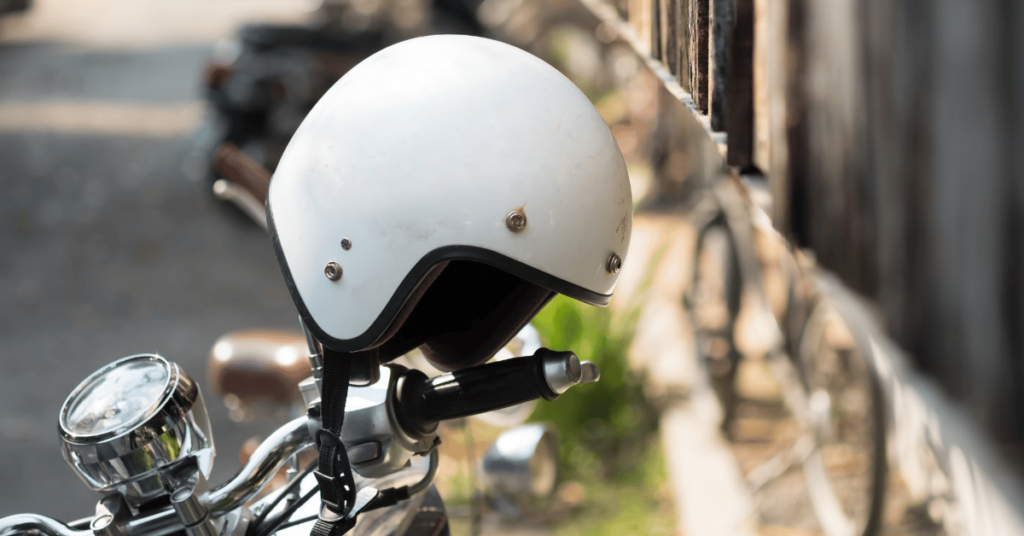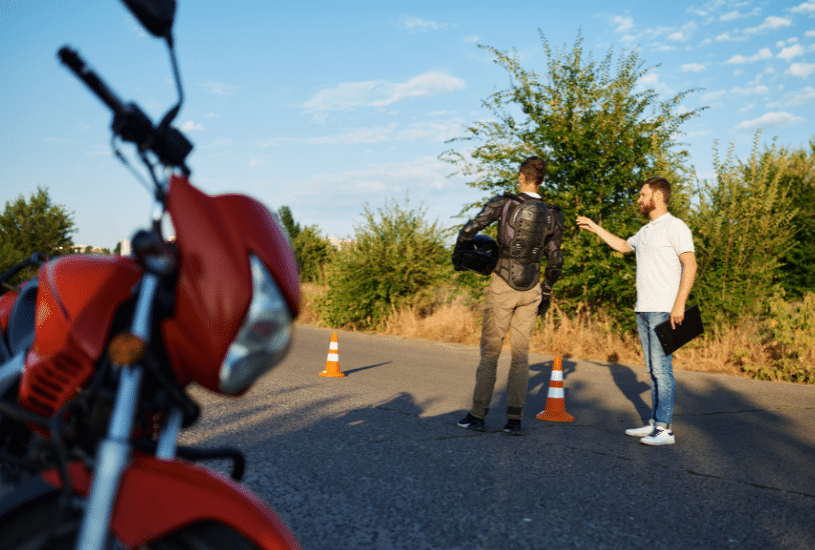
You’ve heard it before, but it bears repeating – safety should be your number one priority whenever you put your helmet on and hit the open road.
Riding in Florida can be slightly different than in other states, so we’ll outline the top six Florida motorcycle safety rules you should know.
1. The Helmet Law
Safety gear is essential, and wearing a motorcycle helmet is said to substantially reduce the risk of head injuries and death in a crash. However, the law in Florida on helmets is less than clear. If you’re under 21, then you always need to wear a helmet.
If you are over 21 and have an insurance policy with $10,000 or more in medical coverage, then helmets are optional. Of course, our stance is that a helmet is a requirement for any ride.
2. Lane Splitting is Not Allowed
Even though lane-splitting is a way to decrease traffic congestion and has the potential to improve safety on the road, it’s illegal in Florida. California, perhaps due to its infamous traffic congestion, is the only state that allows the practice.
As a reminder or for new riders unfamiliar with the terminology, lane-splitting is when you ride your bike between two cars. You’re essentially “splitting” or sharing a lane with another vehicle.
Motorcyclists stuck in traffic love the idea of lane splitting, and it’s believed that it also reduces the risk of being rear-ended. Still, it’s a no-go in Florida. Until the law changes, Florida motorcyclists will have to be content with having access to an entire lane.
3. Lane Sharing is Not Allowed, Either
Just like you can’t share or split a lane with a passenger vehicle, you’re also prohibited from riding side-by-side with your bestie. Again, this law can feel unfair because there’s plenty of room for more than one bike in a lane, and this practice can also reduce traffic congestion.
The rationale, according to highway safety personnel, is that a highway lane is not “wide enough” to accommodate more than a single bike safely.
4. Passenger Regulations
You are more than welcome to invite a passenger onto the back of your bike, but there are rules that are strictly enforced. First, your bike must have an actual seat for them to sit on. Second, there must be designated footrests for the passenger to use.
5. Turn on Your Headlight
Daytime running lights in passenger vehicles improve visibility and safety, and while they’re optional in four-wheeled vehicles, they are mandatory for motorcycles. Anything that makes it easier for cars on the road to see you is a good thing in our book.
The numbers vary, but studies have indicated that daytime running lights in vehicles can reduce accidents by anywhere from 10% to 23%.
6. Eye Protection is Mandatory
Even though there aren’t strict motorcycle helmet laws in Florida, there are rules around eye protection. You must wear goggles or some other type of protective eye covering.
A barrier around your face can prevent rocks, debris, insects, and other airborne objects from hitting you in the eye. Even the wind blowing in your face can irritate the eyes and cause tearing and blurred vision.
Because a large number of motorcycles lack a windshield, this extra layer can be incredibly helpful.
The Bottom Line
As always, inspect your bike before you ride. Check your tire pressure, ensure your gauges and electronics are working, and review your bike for any damage. Follow the rules of the road, and reach out to the team at Law Tigers if you ever need any support.
Get More With Law Tigers
We are currently offering our blog readers access to a free riders’ benefit card. It comes with a $10,000 Hit-and-Run reward, $10,000 bike theft reward, legal advice for all motorcycle matters, motorcycle repair or replacement assistance, and a document holder. And it’s yours FREE from your friends at Law Tigers!



